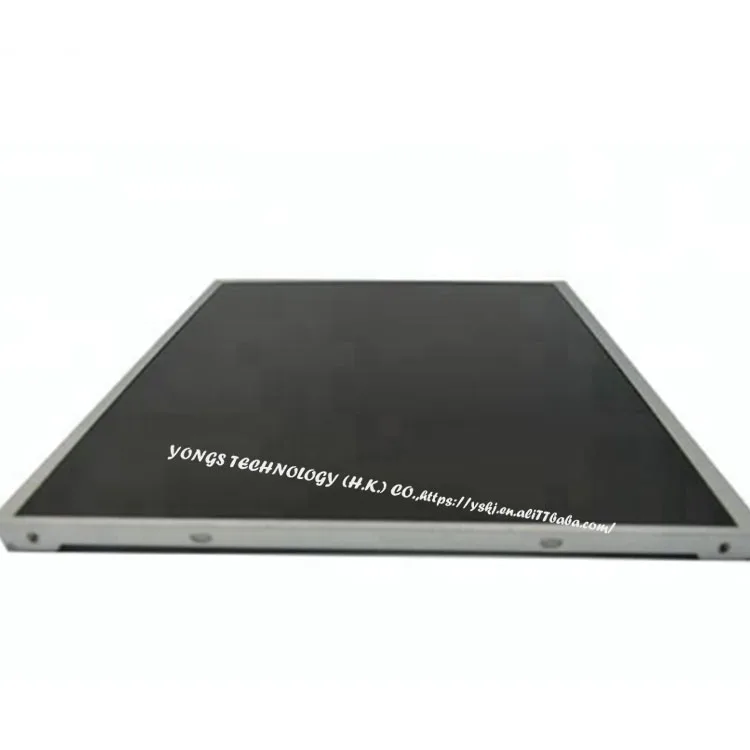Best Eyewear Displays for Retail Stores in 2025
When it comes to showcasing sunglasses, eyeglasses, or reading glasses, the right eyewear displays can make all the difference. Whether you're a boutique owner or a large retailer, choosing the perfect display can enhance customer experience and boost sales. In this guide, we'll explore everything you need to know about eyewear displays, from types and features to buying tips and trusted suppliers.
How to Find Reliable Eyewear Displays from China in 2025
China remains a top destination for sourcing high-quality eyewear displays at competitive prices. To find reliable suppliers:
- Check Alibaba or Made-in-China for verified manufacturers.
- Look for suppliers with 5+ years of experience and positive reviews.
- Request samples to assess material quality and craftsmanship.
- Confirm certifications like ISO 9001 for quality assurance.
For example, Shenzhen Vision Display Co. has been a trusted name since 2010, offering customizable displays for global brands.
What Buyers Should Know Before Buying Eyewear Displays from China
Before placing an order, consider:
- MOQ (Minimum Order Quantity): Typically 50-100 units for custom designs.
- Shipping Costs: Factor in 15-30% of product cost for logistics.
- Lead Time: Standard orders take 25-35 days, plus 7-15 days for shipping.
- Payment Terms: 30% deposit, 70% before shipment is common.
Types of Eyewear Displays
Different retail environments require specific display solutions:
- Countertop Displays: Compact units for small spaces (e.g., 12"x12" acrylic stands).
- Floor Stands: Tower displays holding 30-50 pairs (height: 5-6 feet).
- Wall-Mounted Racks: Space-saving vertical displays.
- Spinner Racks: Rotating units for high-traffic areas.
- LED Lighted Displays: Premium showcases with built-in lighting.
Functions and Features of Eyewear Displays
Modern displays offer innovative features:
- Modular Design: Adjustable shelves for different frame sizes.
- Anti-Slip Pads: Prevent glasses from sliding.
- Branding Panels: Custom logo engraving or printing.
- 360° Rotation: Allows full product visibility.
- Durable Materials: Tempered glass, stainless steel, or scratch-resistant acrylic.
Scenarios of Eyewear Displays
Different settings demand specific displays:
- Optical Stores: Professional wall systems with try-on mirrors.
- Department Stores: Eye-catching floor stands near checkout.
- Boutiques: Artistic acrylic displays matching store décor.
- Trade Shows: Portable countertop displays with branding.
How to Choose Eyewear Displays
Selecting the right display involves:
- Assessing Space: Measure your retail area before choosing dimensions.
- Considering Foot Traffic: High-traffic areas need durable, stable units.
- Matching Brand Aesthetic: Luxury brands may prefer glass/metal, while boutiques might choose colorful acrylic.
- Evaluating Budget: Basic acrylic displays start at $50, while premium lighted units can exceed $500.
Eyewear Displays Q & A
Q: What's the average lifespan of an eyewear display?
A: With proper care, quality displays last 3-5 years in commercial use.
Q: Can I get custom-sized displays for oversized sunglasses?
A: Yes, most Chinese manufacturers offer customization for special dimensions.
Q: Are there eco-friendly display options?
A: Many suppliers now offer displays made from recycled materials or sustainable wood.
Q: How much weight can typical displays hold?
A: Standard units support 10-15 lbs, while heavy-duty metal stands can hold 30+ lbs.
Q: What's the best display for a small boutique?
A: Countertop or wall-mounted displays maximize space efficiently.



.jpg_300x300.webp)

.jpg_300x300.webp)
.jpg_300x300.webp)
.png_300x300.webp)
.jpg_300x300.webp)
.png_300x300.webp)
.png_300x300.webp)


































